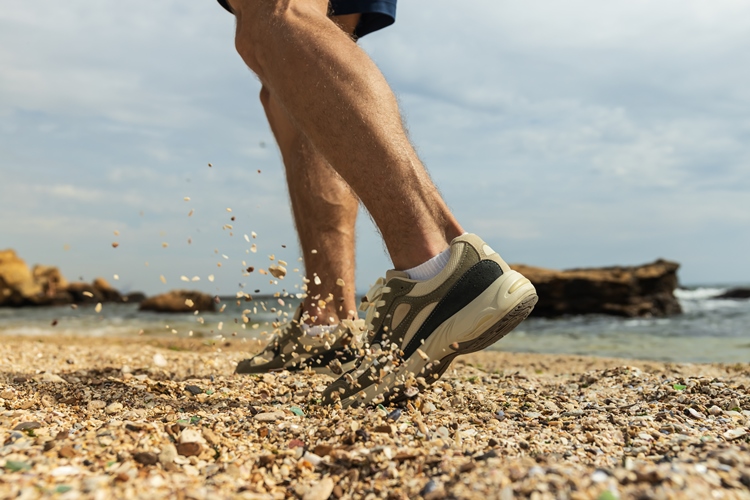Amidst a fitness journey, a novice runner recounts his first ever obstacle course set on a beach.
In practising a healthy lifestyle, the most common exercises one can engage in that is beginner-friendly is perhaps running. Regardless of speed, pace and distance, the activity involves diverse environments and settings.
There is no single approach to running but the most natural way is to run on an even and flat surface. Running on paved roads is the most optimal as it allows maximum stability and balance.
When running is performed on compromising surfaces however, that is where the difficulty of such a simple activity is taken up a notch. Beach running for example is a different kind of experience, one that not only tests your endurance but also your overall strength.

Recently, the organisation that hosts the world-renowned Spartan event, the Spartan Singapore, held the Sprint and Kids trademark events at the Palawan Green in Sentosa.
Set on a beach, it covers a five-kilometre distance and 20 obstacles with the majority of the race route requiring participants to run on sand.
It is appropriate to state that such condition will affect the performance of an individual compared to road running because it requires a lot of effort and strength, which may provide difficulties in managing breathing or maintaining their form such as the area of striding.
For someone who rarely performs beach run activities, it came as a shock when I realised how my running form suddenly took a turn for the worse.
The first feelings I’ve gathered towards beach running were how uncomfortable it felt with every stride and it seemed that I didn’t have control of my movement.
From that moment, I was anticipating more challenges and trials in a competition where I was determined to post a personal best.
The volatility of my running stance contributed towards concerns with my breathing as I needed to use more power especially through my leg and calf muscles.
As I would normally be comfortable with managing my breathing owed to my classes at a local gym back home, I knew instantly that this will not be plain sailing by any stretch of the imagination.
It took me longer than usual to complete one kilometre and I felt a huge burden lying on my shoulders as I tried to catch up with the other competitors.
Since it was an obstacle race, the sandy surface made it even difficult to complete a bucket and sandbag carry as it sapped most of my energy. In truth, I was deeply exhausted and I was literally on my knees as I waited for my turn to perform the spear throw.
At that leg of the course, I needed to carry myself and the weights of the equipment, and it made my heart pump faster.

In my short competitive career since I embarked on this journey late last year, I have never experienced such struggles but this was exactly what I have signed up for; to find the willpower in the face of adversity.
Beach running requires a lot of resistance in the lower body muscles and some of the obstacles involves such region.
For instance, the Atlas Carry – carrying a heavy round stone approximately weighing 100 kilogrammes – would require strength in the legs to drive an individual forward while the upper body lends support.
It would have been an easier race had it been performed on a road or pavement but striding along a sandy surface brought the race and the entire experience to a whole new level.
However, it must also be acknowledged that beach running also carries benefits such as improving athletic performance.
Sand training challenges not only your muscles, joints, ligament and tendons, but it also helps with the cardiovascular system in ways that stable surfaces will fail to.
After discovering the hard truth of how beach running generally feels, consistency is the key that will help in the adaptation of such conditions in a way that an athlete can switch from road to trail running. – Fadhil Yunus





